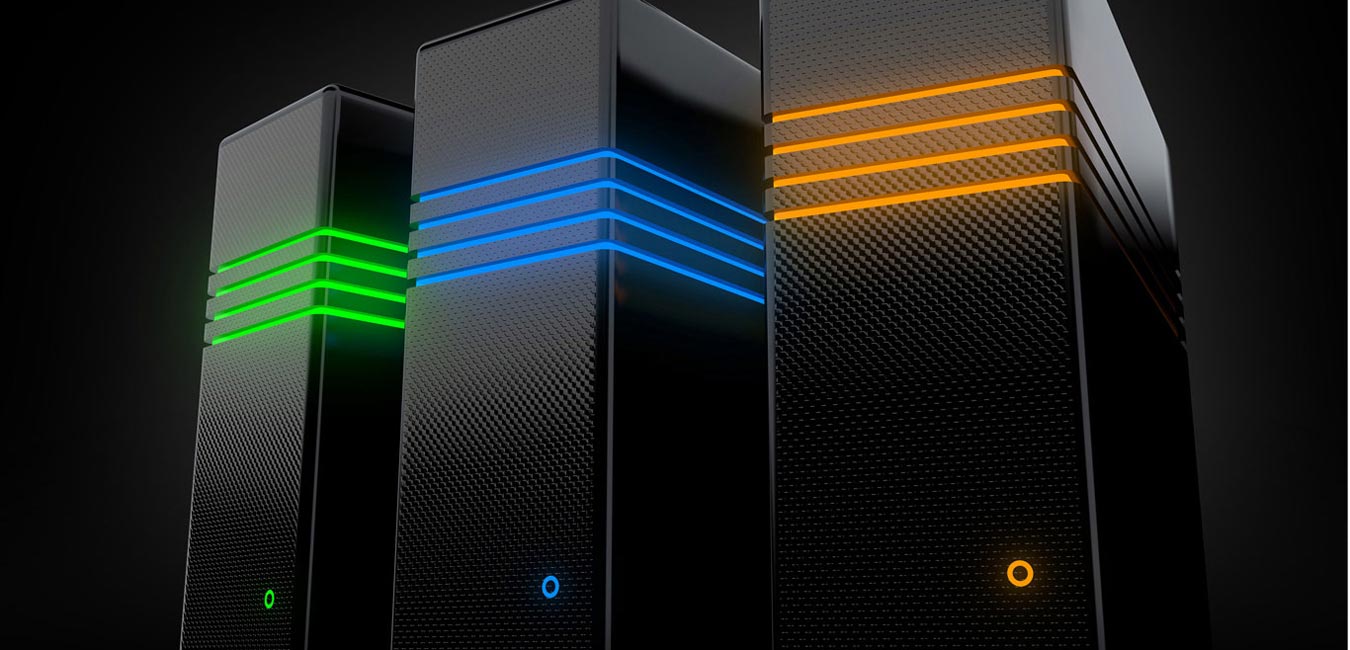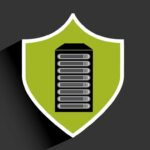The relentless growth in the volume of data created every day, has compelled Data Center administrators to integrate new technologies and processes. With the global popularity of cloud computing, the role of Data Centers has extended beyond providing enough storage capacity with data security. Data Centers – optimized with various tools and services, are now transformed into strategic business assets. Here are five cool features of next generation Data Centers.
Software Defined Data Centers (SDDC)
In IT, everything is literally virtualized and delivered as a service. And the virtualization of Data Centers is the next logical step. The virtual layer is taking over in Data Centers, making them flexible, highly secure and extremely agile. Infrastructure and network, both are not just virtualized in a software defined Data Center but are delivered as a service also. Many mainstream mega-scale Data Centers are moving forward to gain edge with software-defined Data Centers.
Data Center Operating Systems (DCOS)
Data Centers have a diversified need for an extended control layer and the interconnectivity in Data Centers depend upon Data Center management. Many providers deploy Data Center operating control layers that manage resources, users and virtual machines to meet the needs of improving scalability of management infrastructure. Aiming at greater scalability, Data Centers are now better equipped for controlling various crucial components ranging from chips to cooling systems. The DCOS layer has considerably enhanced infrastructure due to its integration into every critical aspect of every Data Center.
Infrastructure Optimization with Agnostic Data Center
The next generation Data Centers will have layered management tools that can pool resources logically as per required workloads. This kind of infrastructure will only be obtained with an agnostic Data Center that lets admin to create more powerful and scalable cloud platforms. The Data Center will become much more abstract and with infrastructure optimization, vendor lockdown can be prevented. Moreover, administrators get to manage traffic influx while leveraging hardware and software optimization. In future Data Centers, what will matter is that you smoothly present resources to the management layer irrespective of the kind of hardware deployed, enabling clients to integrate with outside technologies, flawlessly.
Better Control Layers
Each Data Center hosts a diverse variety of systems. Therefore, the control layer also needs to be greatly diversified. And since the management console integrates into APIs, it can grow exponentially to keep pace with the increasing Data Center footprint. The new-age Data Centers allow API integrated management consoles to render the big data clout, manipulation and management along with allocation of resources. Furthermore, you can even vie for better multi-tenancy options and optimum cloud scaling by embracing API integrated networking technologies.
Greater Logical and Physical Automation
With the continuous enterprise popularity of cloud computing, vendors lose sleep over supplying application performance and predictability. It is not easy to achieve a fully functional, automated Data Center environment. Hence, introduction of robots in Data Centers will be one of the most basic features of next generation Data Centers. It will provision the resources more actively.





















































